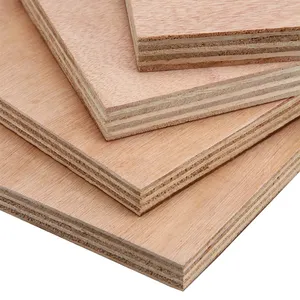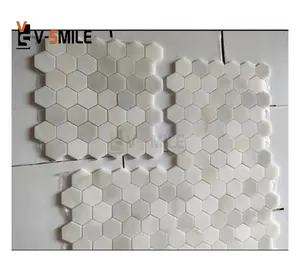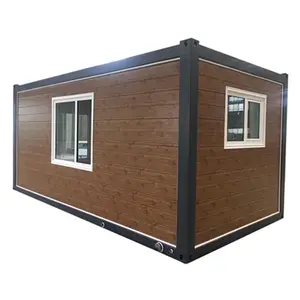Popular in your industry


























































Related Searches:



















































































































Top categories
About door draft guard
A door draft guard, also known as a draft stopper or draft excluder, is a long, narrow cushion or insulating material that is placed along the bottom of a door. Door draft guards are commonly used in homes and buildings to reduce heating and cooling costs by preventing air leaks, and they also help to create a more comfortable and cozy living environment.
Materials of door draft guards
One common material used for door draft guards is rubber. Rubber door draft guards are flexible and provide a good seal against drafts, making them an effective option for blocking out cold air, dust, and noise. The rubber material conforms to the shape of the door, creating a tight barrier to prevent air leaks. Another popular material for door draft guards is foam, which is often used under door draft guards. Foam door draft guards are lightweight and easy to install, providing a cushioned barrier that effectively blocks drafts and helps to maintain indoor temperatures. They are particularly useful for sliding underneath doors to create a snug fit.
Door draft guard stoppers are often made from fabric materials such as polyester or microfiber. Fabric door draft guard stoppers are designed to provide both insulation and a decorative element to the door. Bottom door draft guards are commonly constructed from silicone or a combination of materials to create a durable and long-lasting seal. Silicone door draft guards are known for their flexibility and ability to withstand heavy use, making them suitable for high-traffic areas.
Maintenance of door draft guards
Maintaining door draft guards is essential to ensure they continue to provide effective insulation and energy savings. Regular cleaning is crucial to prevent the accumulation of dust, dirt, and debris, which can compromise the guard's ability to block drafts. Periodic inspections for signs of wear and tear, particularly for fabric or foam door draft guards, are good for identifying any deterioration that may affect their performance. If misalignment or shifting occurs, readjusting the door draft guard to ensure a tight seal is important. If damage is evident, such as fraying fabric or compressed foam, prompt replacement may be necessary to maintain effectiveness. Proper storage can help prevent damage and ensure it remains in good condition for future use. Additionally, ensuring that the door draft guard is installed properly and securely can contribute to its longevity and effectiveness. Proper installation can help prevent shifting or damage to the door draft guard over time.












































































